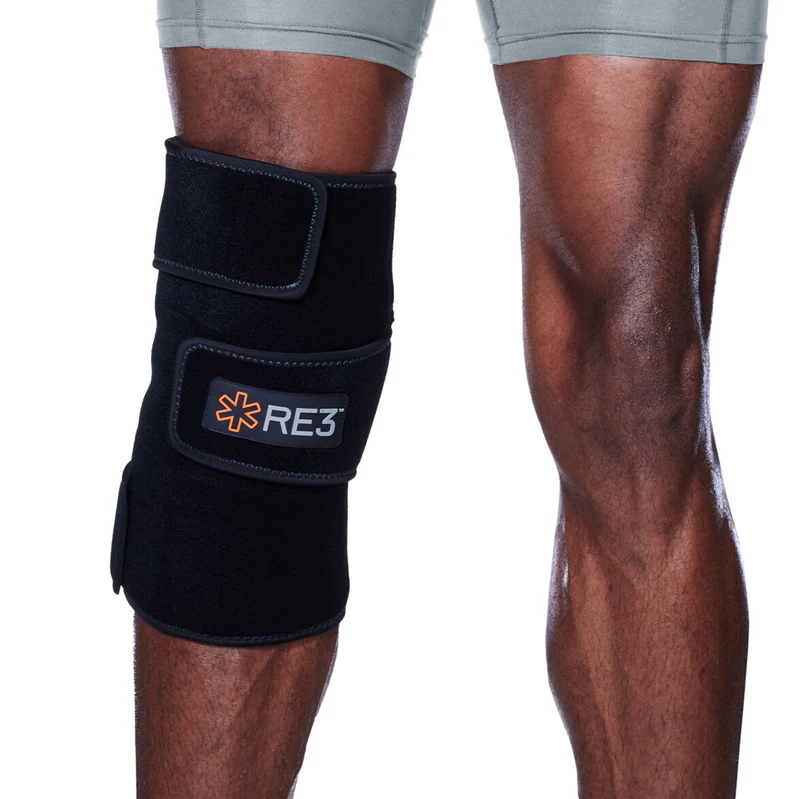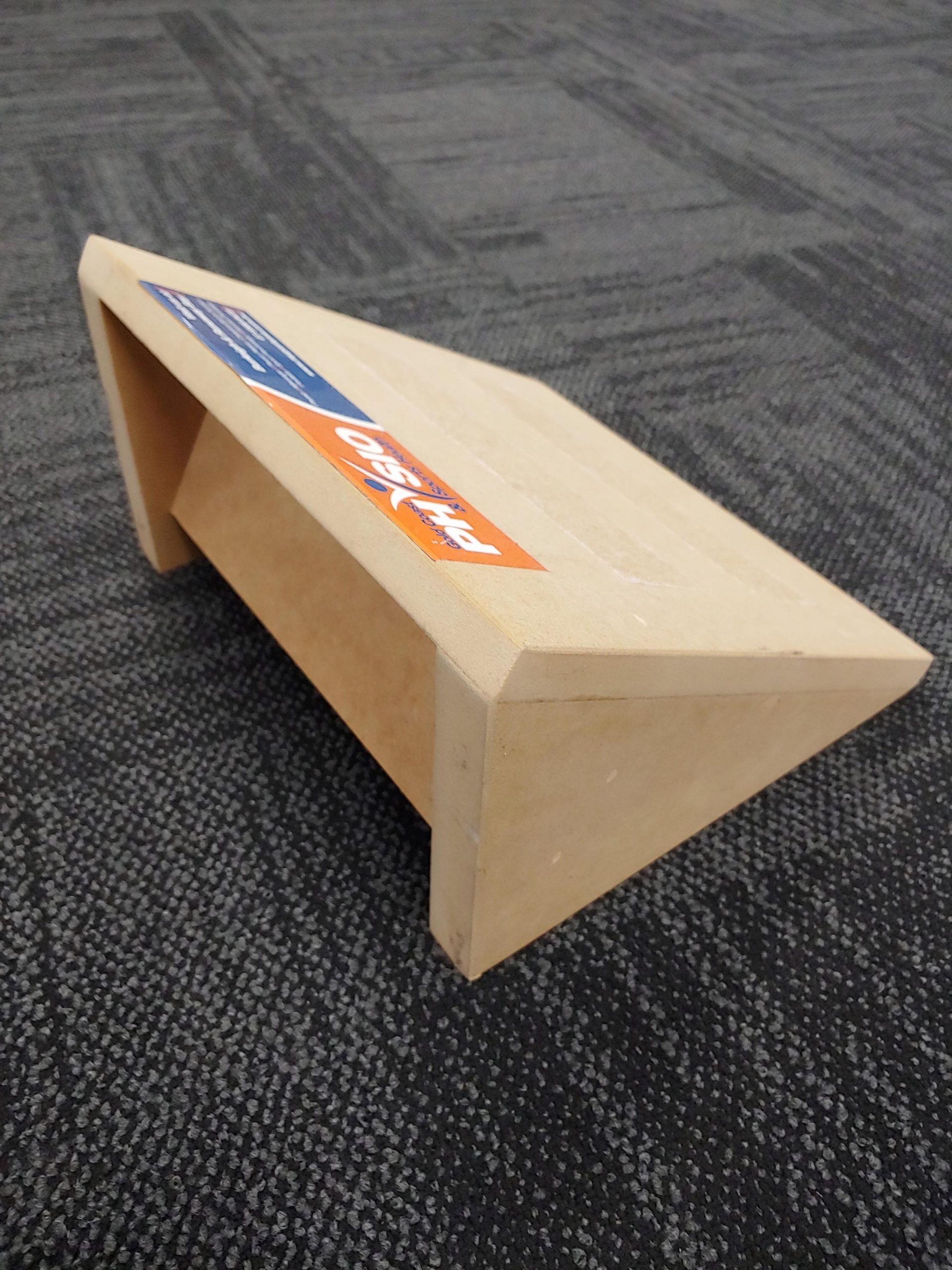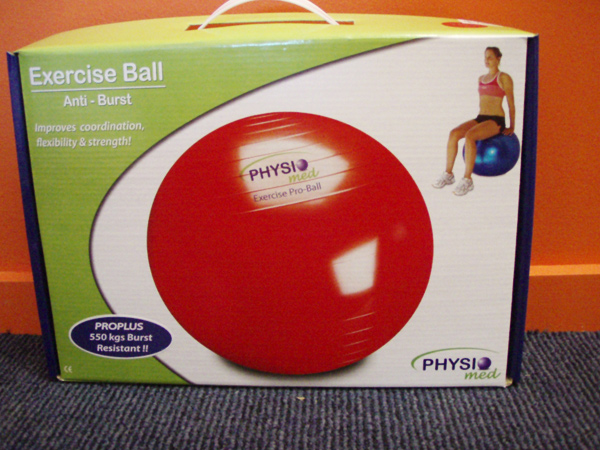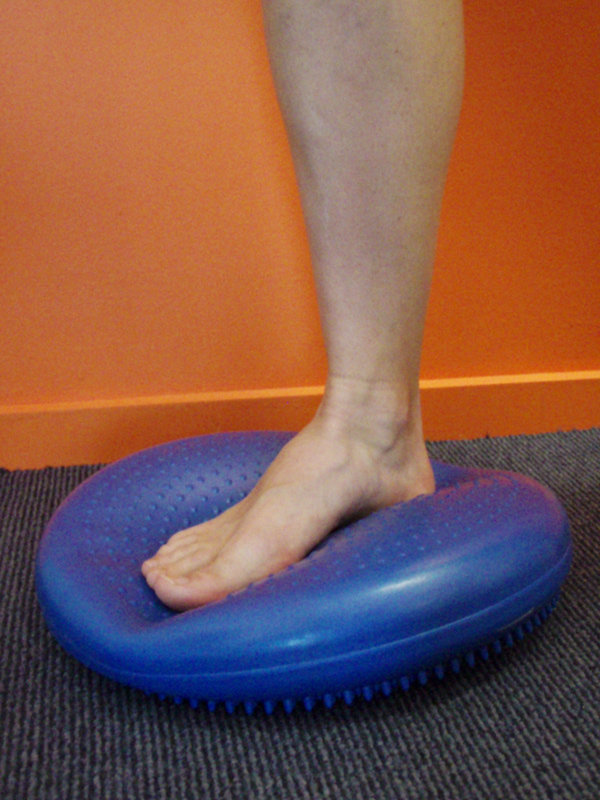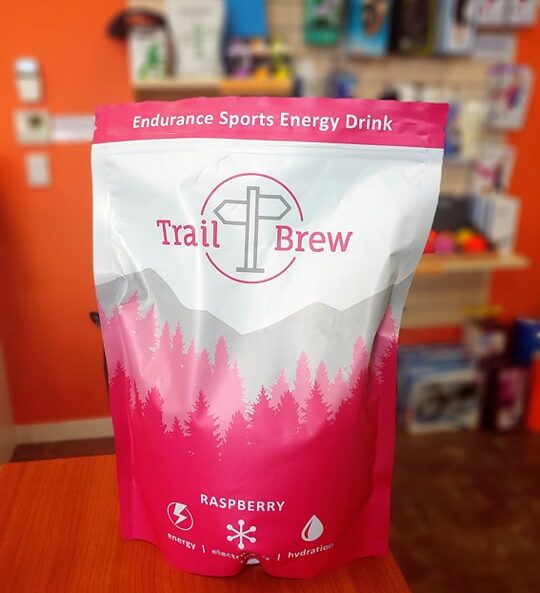As an athlete, it’s essential to know the signs and symptoms of a potential hamstring injury. Here’s what to look out for and how to respond:
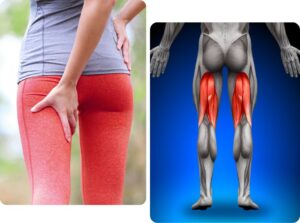 What is a Hamstring Injury?
What is a Hamstring Injury?
A hamstring injury, also known as a hamstring strain, occurs when the muscle fibers in the back of the thigh are stretched or overloaded. This type of injury is common in sports that involve running, sprinting, jumping, or rapid changes of direction. The hamstring muscles are responsible for flexing the knee and extending the hip, making them essential for athletic activities.
Causes of Hamstring Injuries
Hamstring injuries typically occur during explosive efforts or high-speed activities, such as:
- Sprinting or running at high velocities
- Jumping or rapid deceleration
- Quick changes of direction
- Overstretching or sudden contractions
 Symptoms of Hamstring Injuries
Symptoms of Hamstring Injuries
The symptoms of a hamstring injury can vary depending on the severity of the strain. Common symptoms include:
- Sharp pain in the posterior thigh, often in the middle to upper part of the leg
- Weakness in the affected leg
- Reduced performance or difficulty walking
- Swelling or bruising in the affected area
- Muscle spasms or stiffness
Anatomy of the Hamstring Muscles
The hamstring group consists of three muscles:
1. Biceps femoris: This muscle has two parts, the long head and the short head, and is responsible for knee flexion and external rotation.
2. Semitendinosus: This muscle is located on the medial (inner) aspect of the thigh and helps to flex the knee and extend the hip.
3. Semimembranosus: This muscle is also located on the medial aspect of the thigh and assists in knee flexion and hip extension.
Treatment and Prevention
Treatment for hamstring injuries typically involves a combination of rest, ice, compression, and elevation (RICE). Physical therapy, including stretching and strengthening exercises, can also help to promote recovery and prevent future injuries. Preventative measures include:
- Regular stretching and foam rolling to maintain flexibility and reduce muscle tension
- Strengthening exercises to improve muscle strength and endurance
- Proper warm-up and cool-down routines to prepare the muscles for activity
- Gradual progression of exercise intensity and volume to avoid overloading the muscles
Conclusion
Hamstring injuries are a common problem in sports, but with proper understanding, treatment, and prevention, athletes can reduce their risk of injury and maintain optimal performance. If you’re experiencing symptoms of a hamstring injury, it’s essential to seek medical attention from a qualified healthcare professional, such as a physiotherapist or sports medicine specialist.
Next Steps
If you’re looking to learn more about hamstring injuries or want to develop a prevention or treatment plan, consider the following:
- Consult with a Physio to assess your risk factors and develop a personalized plan.
- Incorporate stretching and strengthening exercises into your regular routine to maintain flexibility and strength.
- Gradually progress your exercise intensity and volume to avoid overloading your muscles.

